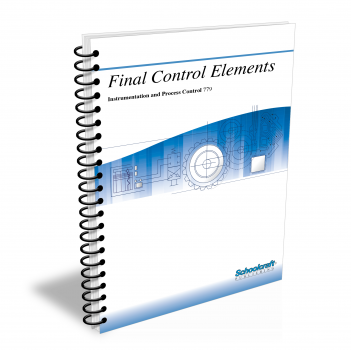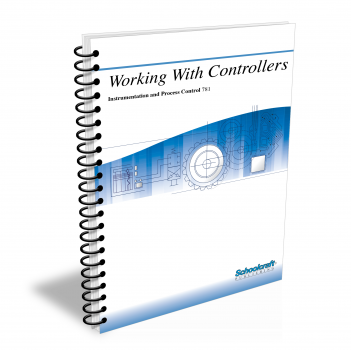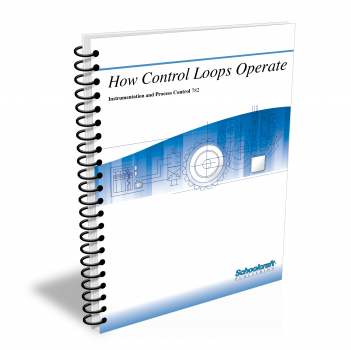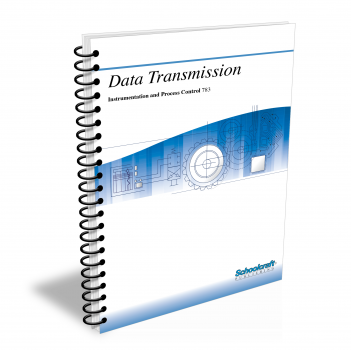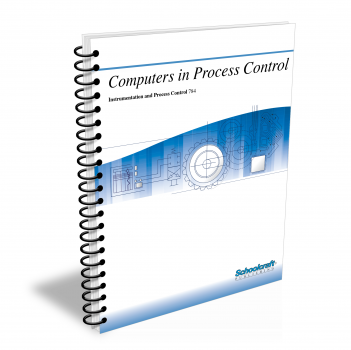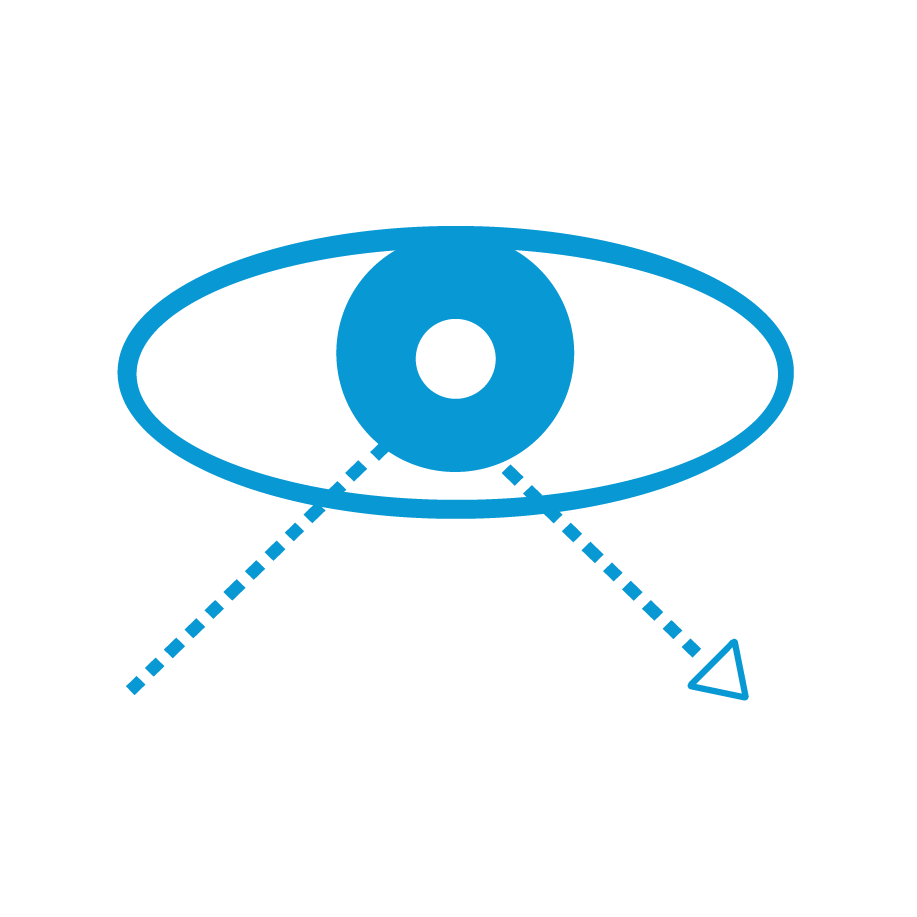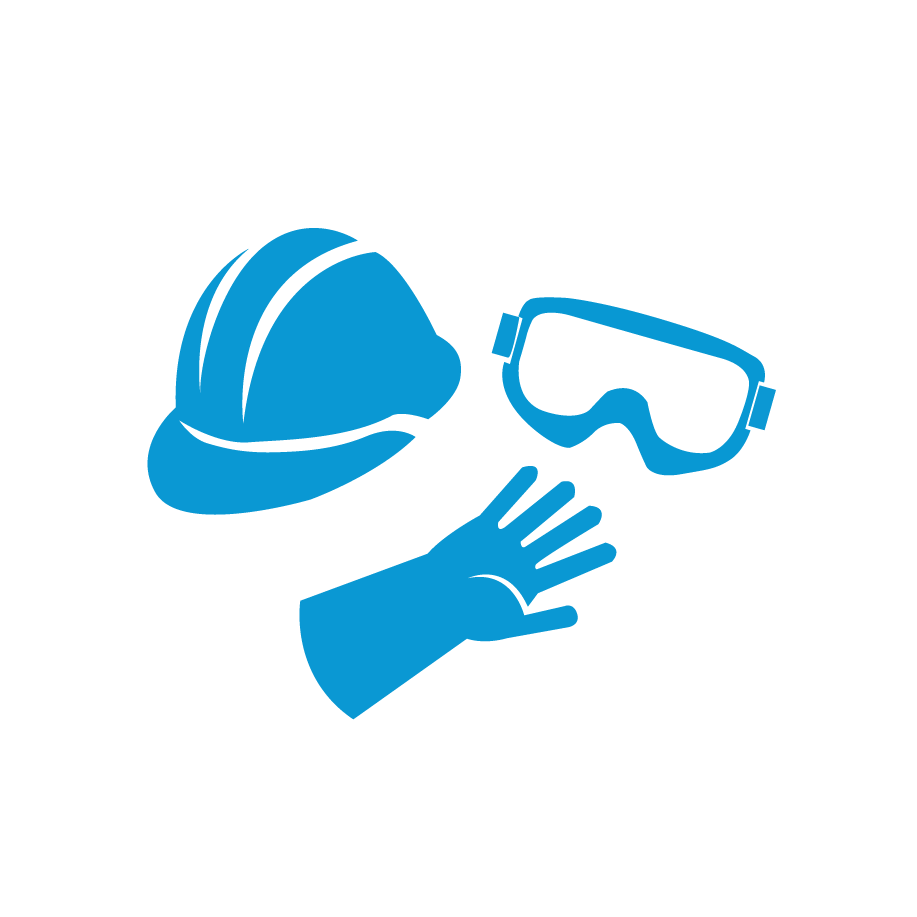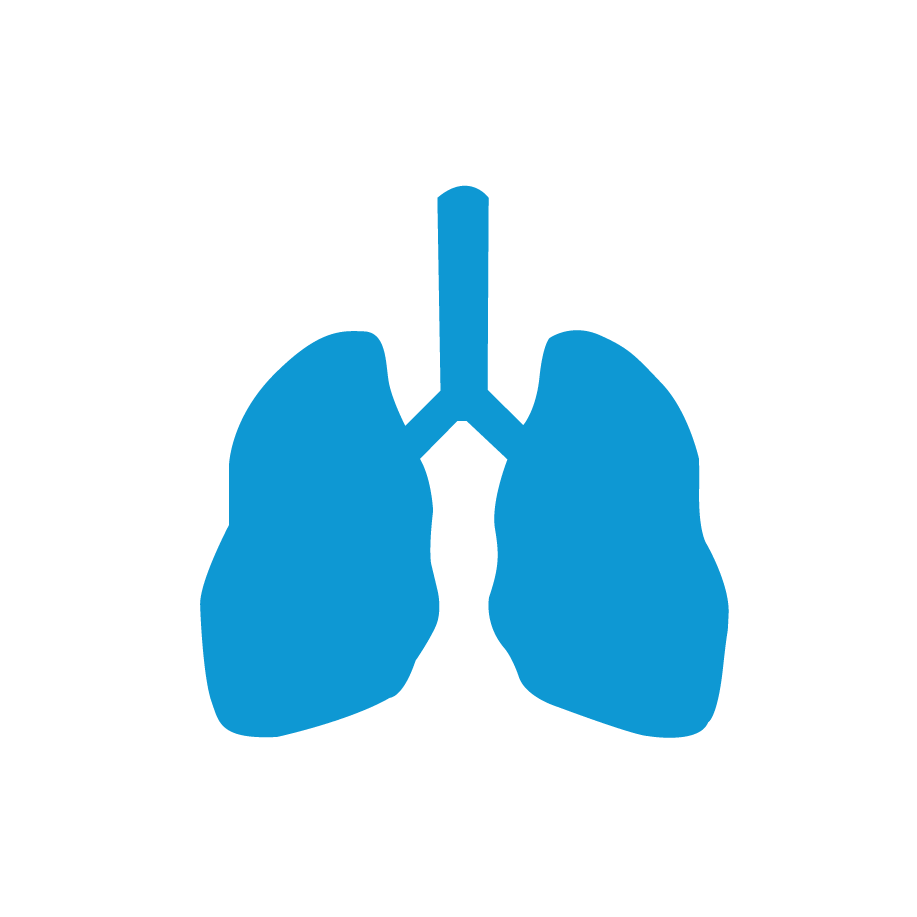Safety, Calibration, and Testing
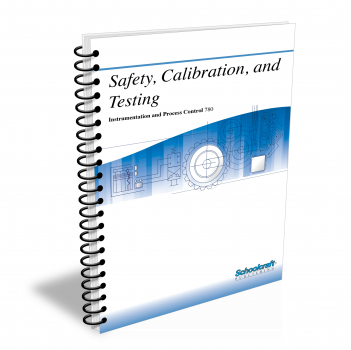
Course Number: 780
The Safety, Calibration, and Testing textbook describes the responsibilities of employer, employee, and regulatory agencies in maintaining safety. Discusses ways of identifying and handling chemical, electrical, biological, radiation, and mechanical hazards. Discusses importance of maintenance (including calibration) and proper record keeping. Describes use of common electrical and electronic test instruments. Offers guidelines for handling heavy equipment, decontaminating and servicing pneumatic and hydraulic equipment, and troubleshooting.
Does your curriculum require additional topics not included in this textbook? Build a customized version of the Safety, Calibration, and Testing textbook below.
This textbook has been recently updated
to include topics lists, objectives, & key terms for every chapter.
Recommended Contact Hours – 9
Preview a Chapter
Available Supporting Material
- Table of Contents
- My Custom Book
- Exam Copies
- Suggested Titles
Table of Contents
Chapter 1: Safety Standards and Practices
Topics: Government safety regulations; Compressed gas, chemical, electrical, biological, radiation, and mechanical hazards; Noise pollution
Learning Objectives:
- Discuss kinds of hazards and compare employer and employee responsibilities relating to safe job practices.
- Describe safe procedures for working with compressed gases, acids, flammable solvents, and other hazardous chemicals.
- Describe ways to minimize the possibilities of hazardous or lethal electric shock, including safe lockout procedures.
- Explain the use of dosimeters.
- Identify potential safety hazards in the instrument shop and along the process control network and describe the use of appropriate safety equipment for each hazard.
Chapter 2: Servicing Fundamentals
Topics: Repair modes and records; Failure mode analysis; Maintenance, calibration modes, and records; Calibration seals; Tools and equipment
Learning Objectives:
- Compare methods of on-site and shop repair of malfunctioning instruments.
- Describe the differences between repairing, maintaining, and calibrating instruments.
- Describe the contents of an equipment history file and a process loop file.
- Discuss the benefits of failure mode analysis.
- Describe proper calibration procedures, including use of calibration seals, and explain what NIST-traceable means.
- Describe the typical main sections of an industrial instrument shop.
Chapter 3: Electrical and Electronic Stations
Topics: Electrical and electronic stations and test equipment; Pneumatic and hydraulic test equipment; Test stands; On-site operations; Calibration
Learning Objectives:
- Describe the differences between electrical and electronic test areas.
- Describe how the ammeter, megohmmeter, wattmeter, and dynamometer are used in electrical work.
- Describe how the multimeter, signal/waveform generator, oscilloscope, voltage and current source, and frequency counter are used in electronics.
- Discuss the benefits of accurate calibration and thorough equipment maintenance records.
- Explain how test stands are used and name three kinds of operations that are typically conducted on site.
Chapter 4: Pneumatic and Hydraulic Stations
Topics: Handling equipment; Cleaning and decontamination; Testing and evaluation; Disassembling and reassembling; Calibration; Test stands
Learning Objectives:
- Describe the layout and power requirements of a typical pneumatic/hydraulic station.
- Describe safe and efficient methods of cleaning pneumatic and hydraulic instruments and controls.
- Discuss procedures for testing and evaluating a faulty component, using the calibration of a pressure-to-current (P/I) transmitter as an example.
- Describe proper procedures for disassembling and reassembling pneumatic and hydraulic components.
- Name the steps in preparing to service instruments on site.
Chapter 5: Instrument Troubleshooting
Topics: Using manufacturer's literature, maintenance and repair records, tools, and test instruments; Calibration; Recording the repair
Learning Objectives:
- Explain how an understanding of the process and its instrumentation reduces troubleshooting time.
- List at least four kinds of information typically included in a manufacturer's manual or instruction book.
- Describe the contents of an instrument history file and explain its usefulness in troubleshooting.
- Discuss the kinds of tools, including calibration standards, you are apt to use in troubleshooting.
- Describe the steps in a typical troubleshooting procedure and explain how to use a branching troubleshooting chart.
- Describe cascading failure.
Chapter 6: System Specifications and Instrument Calibration
Topics: Interpreting specifications; Error; Accuracy; Precision; Resolution; Transfer function; Sensitivity; Hysteresis; Response time
Learning Objectives:
- Discuss the specifications of a typical measurement system.
- Explain how to read a graph showing a linear or nonlinear transfer function, hysteresis, or the time constant.
- Discuss SI and English systems of units and explain how to convert from one to the other.
Add Chapters to Your Custom Book
Select Chapter(s):
- Chapter 1: Safety Standards and Practices
- Chapter 2: Servicing Fundamentals
- Chapter 3: Electrical and Electronic Stations
- Chapter 4: Pneumatic and Hydraulic Stations
- Chapter 5: Instrument Troubleshooting
- Chapter 6: System Specifications and Instrument Calibration
My Custom Book
Create a custom book that contains only the training content that your students need to succeed
Our topics cover a broad and diverse spectrum of subject matter, from reading blueprints to electrical schematics, measurement to rigging and safety, material handling to welding, and everything in between! Choose only the lessons that meet your specific curriculum requirements.
Request Exam Copies
Exam Copies
Ready to see a copy of our textbooks? After selecting which textbooks you’d like to review for your course, you can submit your request by either logging in or creating an account so we know where to ship your exam copies. A representative from Schoolcraft will contact you to confirm and finish processing your request.
Exam copies are always free and yours to keep.
Selected Exam Copies
none selected
* Maximum of five copies can be ordered
